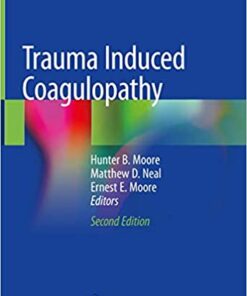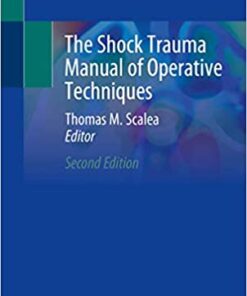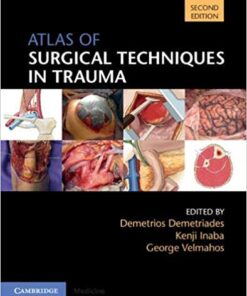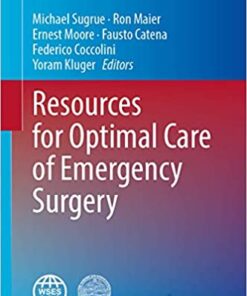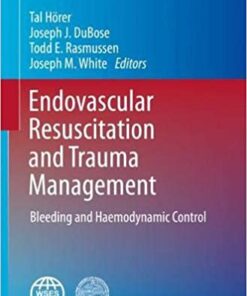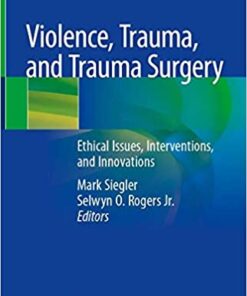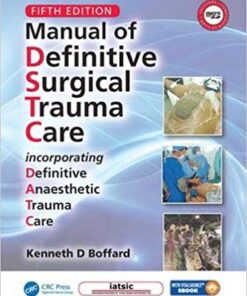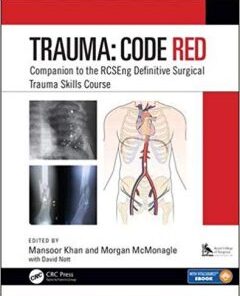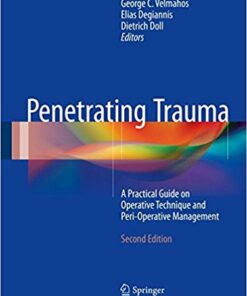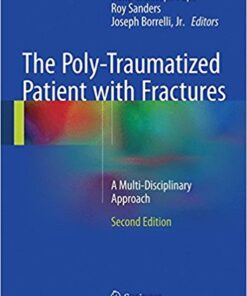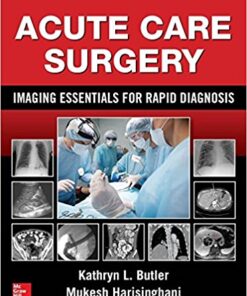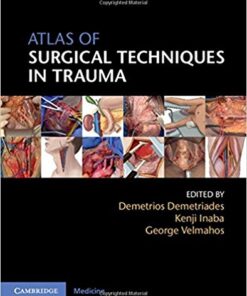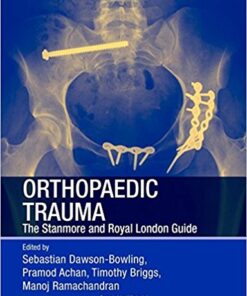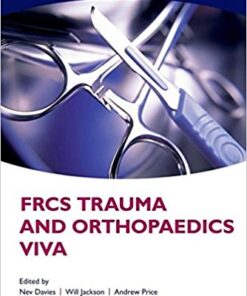Understanding Trauma Surgery: What You Need to Know
Learn More About Trauma Surgery Today!
Trauma surgery is a specialized field of medicine that focuses on treating injuries caused by accidents, falls, and other traumatic events. It requires a unique set of skills and knowledge to properly diagnose and treat these types of injuries. If you or someone you know has suffered a traumatic injury, it’s important to seek out the help of a qualified trauma surgeon. At SurgeryBook.net, you can find experienced trauma surgeons who specialize in treating all types of traumatic injuries. Our team of experts will provide you with the best care possible and ensure that your recovery is as smooth as possible. We also offer educational resources to help you understand more about trauma surgery and how it can help you. Don’t wait any longer – take the first step towards getting the treatment you need. Visit SurgeryBook.net today to learn more about trauma surgery and find a qualified trauma surgeon near you.
ORTHOPAEDICS SURGERY
ORTHOPAEDICS SURGERY
Planning and Reduction Technique in Fracture Surgery 1989th Edition PDF
GENERAL SURGERY
Surgical Decision Making in Acute Care Surgery 1st Edition PDF
TRAUMA SURGERY
TRAUMA SURGERY
TRAUMA SURGERY
TRAUMA SURGERY
TRAUMA SURGERY
TRAUMA SURGERY
TRAUMA SURGERY
TRAUMA SURGERY
TRAUMA SURGERY
TRAUMA SURGERY
TRAUMA SURGERY
TRAUMA SURGERY
TRAUMA SURGERY
Introduction
Trauma surgery is a specialized field of medicine that focuses on treating injuries caused by accidents or other traumatic events. It requires a unique set of skills and knowledge to properly diagnose and treat these types of injuries. Understanding trauma surgery is essential for anyone who may be involved in an accident or other traumatic event. This article will provide an overview of what you need to know about trauma surgery, including the types of injuries it can treat, the techniques used, and the risks associated with it. With this information, you can make informed decisions about your care and ensure that you receive the best possible treatment.
Overview of Trauma Surgery: Types, Procedures, and Risks
Trauma surgery is a specialized field of medicine that focuses on treating injuries caused by accidents, falls, and other traumatic events. Trauma surgeons are highly trained medical professionals who specialize in the diagnosis, treatment, and management of acute trauma-related injuries. Trauma surgery involves a variety of procedures, including wound repair, fracture fixation, organ repair, and tissue reconstruction.
The primary goal of trauma surgery is to restore function and reduce pain as quickly as possible. Trauma surgeons use a variety of techniques to achieve this goal, including open reduction and internal fixation (ORIF), external fixation, and arthroplasty. ORIF is a surgical procedure used to stabilize fractures and restore joint stability. External fixation is a technique used to stabilize fractures without entering the body. Arthroplasty is a procedure used to replace or reconstruct damaged joints.
In addition to these procedures, trauma surgeons may also perform soft tissue repairs, such as suturing lacerations, repairing tendons and ligaments, and debridement of wounds. Trauma surgeons may also be involved in the management of burns, crush injuries, and amputations.
The risks associated with trauma surgery vary depending on the type of procedure being performed. Generally, the risks include infection, bleeding, nerve damage, and blood clots. Additionally, there is a risk of complications from anesthesia and postoperative care. It is important for patients to discuss any potential risks with their surgeon prior to undergoing any type of trauma surgery.
Overall, trauma surgery is an essential part of medical care for those who have suffered serious injuries due to accidents, falls, and other traumatic events. Trauma surgeons are highly trained medical professionals who specialize in the diagnosis, treatment, and management of acute trauma-related injuries. They use a variety of techniques to restore function and reduce pain as quickly as possible. While there are risks associated with trauma surgery, it is important for patients to discuss any potential risks with their surgeon prior to undergoing any type of trauma surgery.
Preparing for Trauma Surgery: Pre-Op Care and Recovery
Post-Operative Care After Trauma Surgery: Pain Management and Rehabilitation
Post-operative care after trauma surgery is an important part of the recovery process. Pain management and rehabilitation are two key components of post-operative care that can help patients return to their normal activities as quickly and safely as possible.
Pain management is essential for a successful recovery from trauma surgery. Pain medications, such as opioids, can be used to reduce pain and discomfort. Non-opioid medications, such as nonsteroidal anti-inflammatory drugs (NSAIDs) and acetaminophen, may also be prescribed to help manage pain. In addition, physical therapy and other forms of rehabilitation can help reduce pain and improve mobility.
Rehabilitation is an important part of post-operative care after trauma surgery. Rehabilitation helps patients regain strength, flexibility, and range of motion in the affected area. Physical therapy is often used to help patients regain strength and mobility. Occupational therapy can help patients relearn how to perform everyday tasks, such as dressing and bathing. Speech therapy may also be recommended to help patients regain their ability to communicate effectively.
In addition to physical and occupational therapy, there are other forms of rehabilitation that can help patients recover from trauma surgery. These include cognitive behavioral therapy, which can help patients cope with the emotional and psychological effects of trauma; aquatic therapy, which can help improve balance and coordination; and massage therapy, which can help reduce pain and improve circulation.
Post-operative care after trauma surgery is an important part of the recovery process. Pain management and rehabilitation are two key components of post-operative care that can help patients return to their normal activities as quickly and safely as possible. With proper pain management and rehabilitation, patients can make a full recovery and resume their daily activities.
Understanding the Cost of Trauma Surgery: Insurance Coverage and Financial Assistance
Understanding the cost of trauma surgery can be a daunting task. Trauma surgery is an expensive medical procedure that requires specialized care and equipment, and it can be difficult to determine how much it will cost and who will cover the expenses. Fortunately, there are options available for those who need financial assistance or insurance coverage for trauma surgery.
Insurance Coverage
Most health insurance plans cover some or all of the costs associated with trauma surgery. However, the amount of coverage varies depending on the type of plan and the specific procedure. It is important to check with your insurance provider to determine what is covered and what is not. Some insurance companies may require pre-authorization before they will cover the cost of trauma surgery. Additionally, some insurance plans may have limits on the amount of coverage they provide for certain procedures.
Financial Assistance
For those who do not have insurance or who cannot afford the cost of trauma surgery, there are several options for financial assistance. Many hospitals offer financial aid programs that can help cover the cost of the procedure. Additionally, there are organizations that provide grants and other forms of financial assistance to those in need. Finally, some states offer Medicaid programs that can help cover the cost of trauma surgery for those who qualify.
It is important to understand the cost of trauma surgery and the various options available for insurance coverage and financial assistance. Knowing what is covered by insurance and what types of assistance are available can help make the process of obtaining the necessary care easier and more affordable.
Exploring Alternative Treatments to Trauma Surgery: Non-Surgical Options and Benefits
Trauma surgery is a necessary medical procedure for many individuals who have suffered serious injuries. However, there are alternative treatments to trauma surgery that can provide relief and healing without the need for invasive procedures. Non-surgical options offer a variety of benefits, including reduced risk of infection, shorter recovery times, and improved quality of life.
One of the most common non-surgical treatments for trauma is physical therapy. Physical therapy helps to restore strength, flexibility, and range of motion in the affected area. It also helps to reduce pain and improve overall function. Physical therapists use a variety of techniques, such as stretching, strengthening exercises, and massage, to help patients recover from their injuries.
Another non-surgical option is occupational therapy. Occupational therapy focuses on helping patients regain the ability to perform everyday activities. This may include teaching them how to use adaptive equipment, such as wheelchairs or walkers, or providing instruction on how to perform daily tasks with limited mobility. Occupational therapists also work with patients to develop strategies for managing pain and fatigue.
Psychological therapies are also used to treat trauma. These therapies can help patients process their emotions and cope with the psychological effects of their injury. Cognitive behavioral therapy (CBT) is one type of psychological therapy that can be used to help patients manage their thoughts and behaviors. Other types of psychological therapies, such as psychodynamic therapy and dialectical behavior therapy, can also be beneficial.
Alternative treatments to trauma surgery can also include complementary and alternative medicine (CAM). CAM therapies, such as acupuncture, yoga, and meditation, can help to reduce stress and promote relaxation. They can also help to reduce pain and improve overall well-being.
Non-surgical treatments for trauma can provide many benefits. They can help to reduce pain, improve function, and promote healing without the risks associated with surgery. Additionally, they can help to reduce recovery time and improve quality of life. For these reasons, exploring alternative treatments to trauma surgery is an important part of any treatment plan.
Conclusion
Trauma surgery is a complex and specialized field of medicine that requires extensive training and experience. It is important for patients to understand the risks and benefits associated with trauma surgery, as well as the potential complications that may arise. By understanding the basics of trauma surgery, patients can make informed decisions about their care and ensure they receive the best possible outcome. With the right knowledge and support, trauma surgery can be a successful and life-saving procedure.




